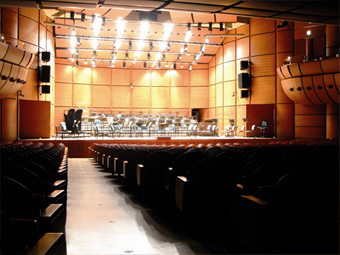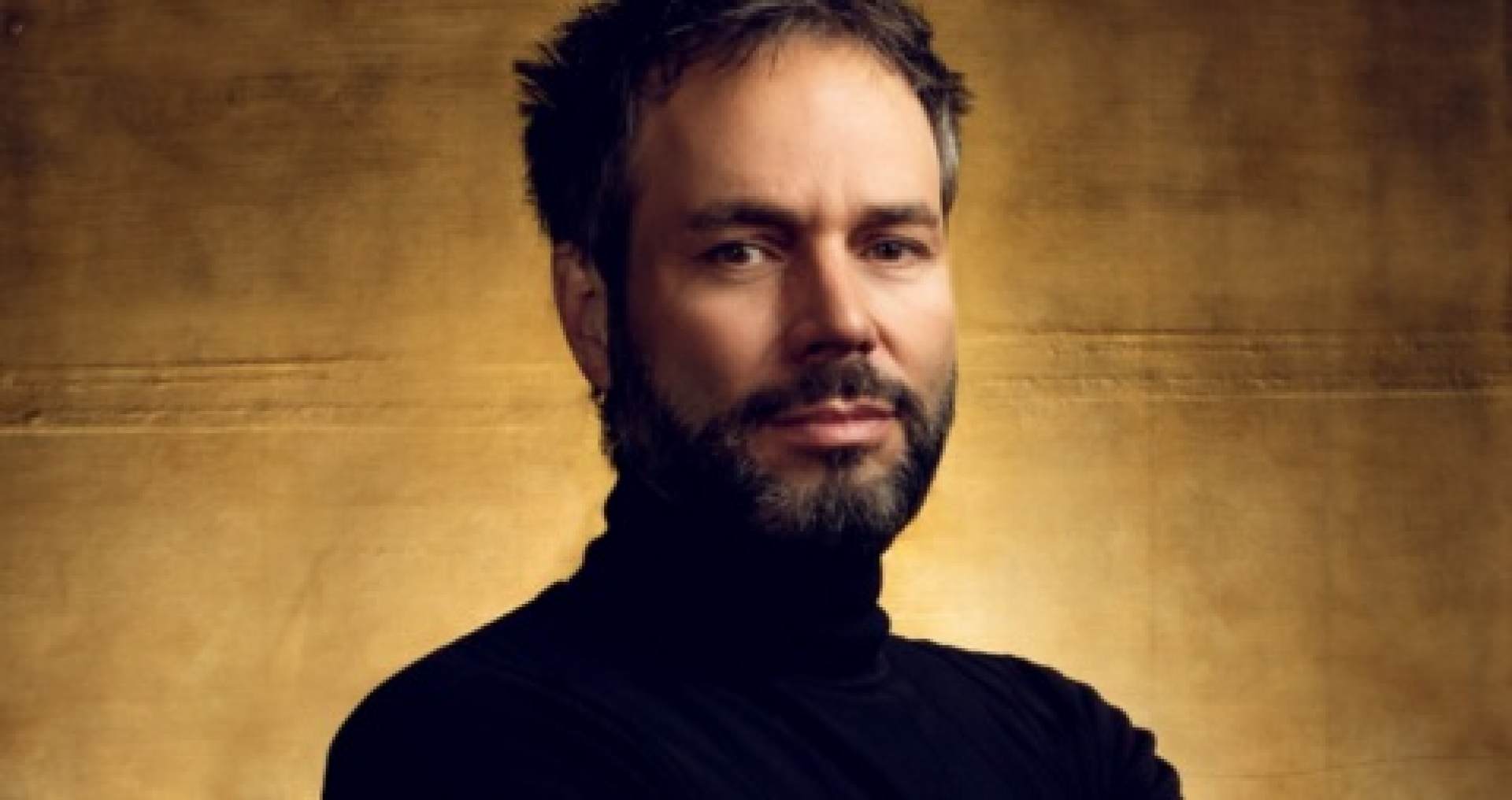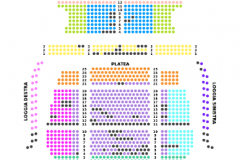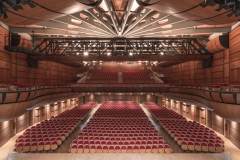Campogrande, Ščedrin and Bizet
Mo | Tu | We | Th | Fr | Sa | Su |
Works of art. Handle with care.
There are different ways to do things. Works of art are a reflection of the historical moment in which they were conceived; they are the result of a specific ethics and aesthetics, and that must necessarily remain the case. It is inconceivable to conceive of a Shakespearean tragedy without accounting for the English monarchy of the time; it is completely misleading to consider La Gerusalemme liberata by Torquato Tasso without reckoning with the Christian values that permeated the spirit of the Crusades; it is pointless to compare Gone with the Wind without considering American society in the 1920s.
Rodion Ščedrin shows us a way to take a work of art and make it come alive, without, however, betraying its original vocation and spirit. The Carmen Suite is a masterpiece both formally and in terms of content; it is a jewel in which Georges Bizet comes back to life, transfigured, while remaining Bizet, adding nothing and taking nothing away. This is a work worthy of an artist, who does not renounce their time while drawing inspiration from the past.
It is not enough to take works of art and change them according to present values. It is not worth changing the endings of Bizet's works. If we truly care about Bizet, if we want to celebrate together the 150th anniversary of the death of this genius, then let’s use the kaleidoscope of the present from a true artist, Ščedrin, who tells us the story of Carmen after psychoanalysis.
Program and cast
Duration: Approximately 85'
Nicola Campogrande:
Liberi tutti. Concert for string quartet and orchestra
World Premiere
Commissioned by the Orchestra Sinfonica di Milano, ADDA Simfónica, and the Punavuori Chamber Music Association
G. Bizet / R. Ščedrin:
Carmen Suite
Orchestra Sinfonica di Milano, Meta4 Quartet
Josep Vicent: Conductor
Auditorium di Milano Fondazione Cariplo
 The Auditorium of Milan was opened on 6 October 1999. It houses the Symphony Orchestra and Symphonic Chorus of Milan Giuseppe Verdi. The inauguration Riccardo Chailly led the orchestra performing the Symphony no. 2 of Gustav Mahler .
The Auditorium of Milan was opened on 6 October 1999. It houses the Symphony Orchestra and Symphonic Chorus of Milan Giuseppe Verdi. The inauguration Riccardo Chailly led the orchestra performing the Symphony no. 2 of Gustav Mahler .
The Auditorium is owned by the Auditorium di Milano Fondazione Cariplo srl .
The activity of the Symphonic Orchestra and Symphonic Choir of Milan Giuseppe Verdi is promoted and supported by the Foundation Symphony Orchestra and Symphonic Chorus Giuseppe Verdi of Milan , founded in April 2002 and succeeded the Association Orchestra Sinfonica di Milano Giuseppe Verdi , consisting of 12 October 1992.
The auditorium hosts the concert season of the Verdi Orchestra , an amateur orchestra ( laVerdi for all), cultural events , concerts and lectures for schools.
In 1920, depending on the corner of Via Torricelli and street Conchetta the great cineteatro the Montagnetta with 2000 seats in the stalls and gallery.
In 1932, the film becomes Montagnetta cinema Gotthard , by the course of the same name and is run by Jordan Rota.
In 1933, the management company switches to Cinetea - Negri & C. restructuring the hall, the seats are reduced to 1700 .
Around 1937 the hall was renovated designed by the architect . Alessandro Rimini and takes the name of Massimo cinema . The restaurant opens Oct. 20, 1938 .
During the Second World War, cinema Massimo is damaged by bombing the hall closes but reopens in the spring of 1945 already in the autumn of the same year .
From the first half of the seventies, Massimo is also used as a theater and concert venue .
The difficulty of managing a hall so large that it can not have major films cinema Maximum lead to the closure in 1979. Subsequently the room is rented by the group Bargawam that uses it for a few years as a recording studio for television programs.
After a period of neglect is acquired by the entrepreneur who decides to transform Agostino Luini after appropriate renovations by Studio Marzorati , in the Auditorium of Milan , which opened October 6, 1999 the Mayor Albertini, who subsequently renamed the open space in front with the name of Largo Gustav Mahler November 28, 2001 .
The hall has been designed as a multipurpose for different activities : concerts of symphonic, choral and chamber music , jazz and pop music , sound recordings with digital techniques , diffusion of the shows through satellite TV and films on the big screen.
You can easily reach the Auditorium in Milano by these means:
TRAM
3.it stops before the Auditorium
9, 29 e 30 P. le XXIV Maggio stop
15 Castelbarco/Giambologna stop
BUS
59 / 71 they stop before the Auditorium
TROLLEYBUS
90 e 91 Tibaldi/Meda stop
SUBWAY
Line 1 Duomo stop + tram 3
Line 2 P. ta Genova stop + bus 59
Line 2 Romolo stop + trolleybus 90 and 91
Line 2 Famagosta stop + bus 59
Line 3 Duomo stop + tram 3
TAXI
Via Torricelli parking
PARKINGS
Romolo (close to the subway line 2) open from Monday to Sunday from 7 a.m. to 8 p.m.
Famagosta ( close to the subway line 2) open everyday from 7 a.m. to 1.00 a.m

 EN
EN DE
DE IT
IT FR
FR ES
ES RU
RU JP
JP RO
RO
 Seating plan
Seating plan 